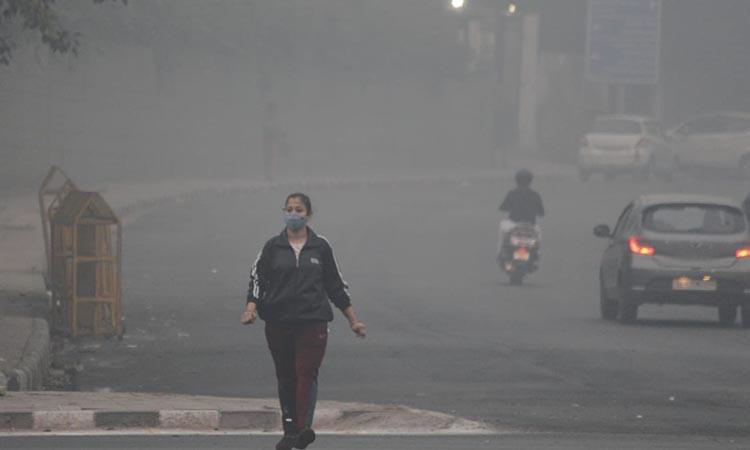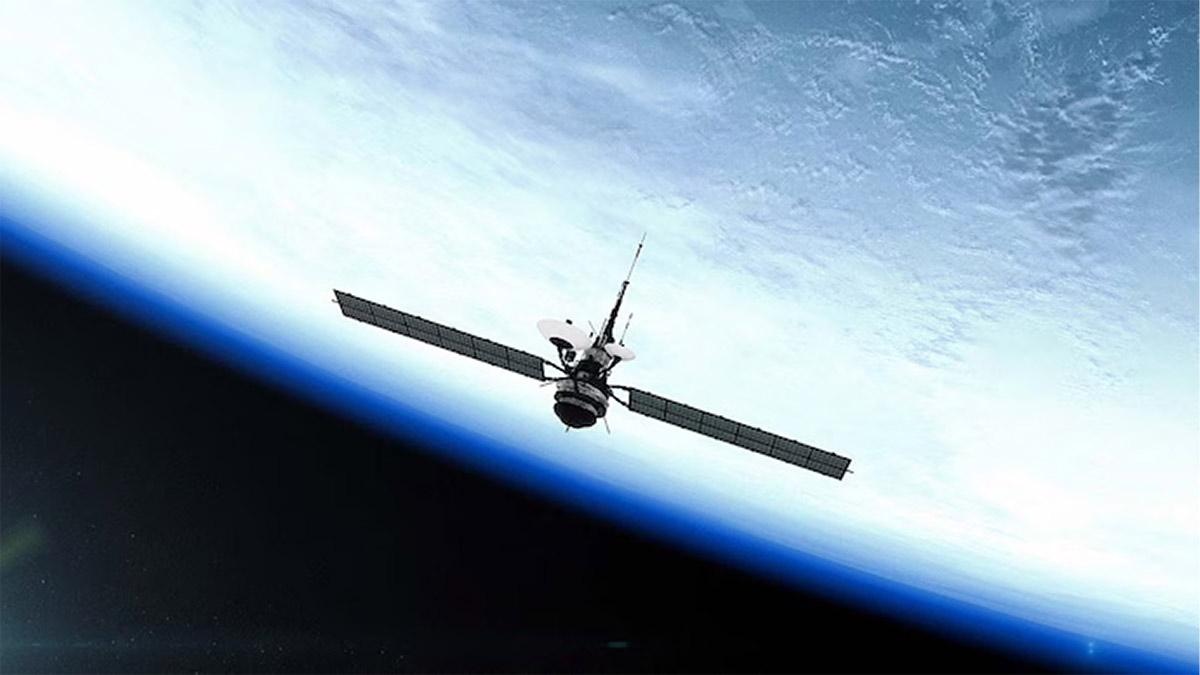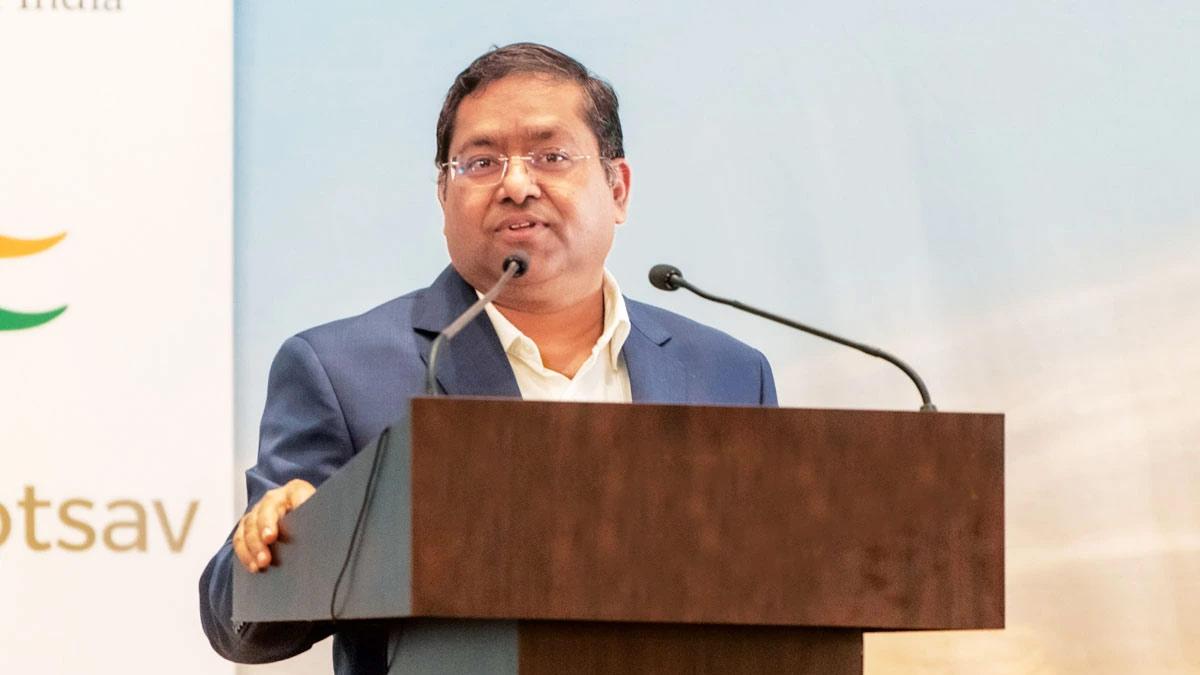Due to the burning of stubble earlier, the pollution level soared up in the capital to unprecedented record levels. The situation came under control after some strict regulations on stubble burning only for Diwali crackers to intervene.
A thick blanket of noxious smog enveloped the national capital on Saturday morning after the pollution level shot up and stood in the upper-end of the 'very poor' category, with Ministry of Earth Sciences officials emphasizing that it will turn 'severe' by the night.
For the last five Diwali nights, the bursting of firecrackers had sent the air quality to the emergency levels.
Meanwhile, Delhi's air quality index stood at 378 micrograms per cubic meter at noon. According to the Ministry's System of Air Quality and Weather Forecasting And Research, overall air quality has deteriorated and in the higher end of the very poor category. It is forecasted to deteriorate further and reach the severe category by the evening.
"The stubble burning induced impact in AQI is expected to increase from moderate to high for today. Although the level of PM2.5 is predicted to be at the edge of very poor to severe by tonight, it is expected to be much better as compared to the past 4 years around the Diwali period," it stated.
Effective stubble fire counts with sufficient potential estimated from SAFAR-multi-satellite products are around 2,586. The corresponding dynamic emissions computed for the day from our GIS-based model over Punjab and Haryana are 7.48 Gigagram per day.
"These additional stubble emissions with calm local Delhi wind conditions will lead to
32 per cent stubble share in Delhi's AQI today as biomass plume transport-level winds are also North-Westerly with adequate speed," SAFAR officials added.
As a result, AQI is predicted to remain in the severe on the Diwali night. The AQI is likely to start improving from November 15 afternoon onwards as moderate easterly boundary layer winds are forecasted with only marginal stubble impact with zero firecracker emissions.
"Additionally, isolated to scattered rainfall under the influence of fresh western disturbance by November 15 afternoon is also expected. These factors will greatly help in flushing out the impact of any additional locally generated emissions and biomass related impact to make AQI in the lower end of very poor by November 16."
On November 9, the National Green Tribunal had imposed a blanket ban on sale or use of all kinds of firecrackers in the National Capital Region till November 30. The direction also applies to cities and towns where air quality during November fell to 'poor' and above categories.
In 2019, however, even though the Delhi Government had organized four days of laser show to convince the residents to choose life over firecrackers, the morning after Diwali, city's air quality had turned worse than 2018.
With the spike in air pollution in Delhi-NCR, the Central Pollution Control Board (CPCB) has ordered the closing of hot mix plants and stone crushers till November 17 and also asked Punjab and Haryana to take stringent actions to curb stubble burning.
(With Inputs from IANS)


















